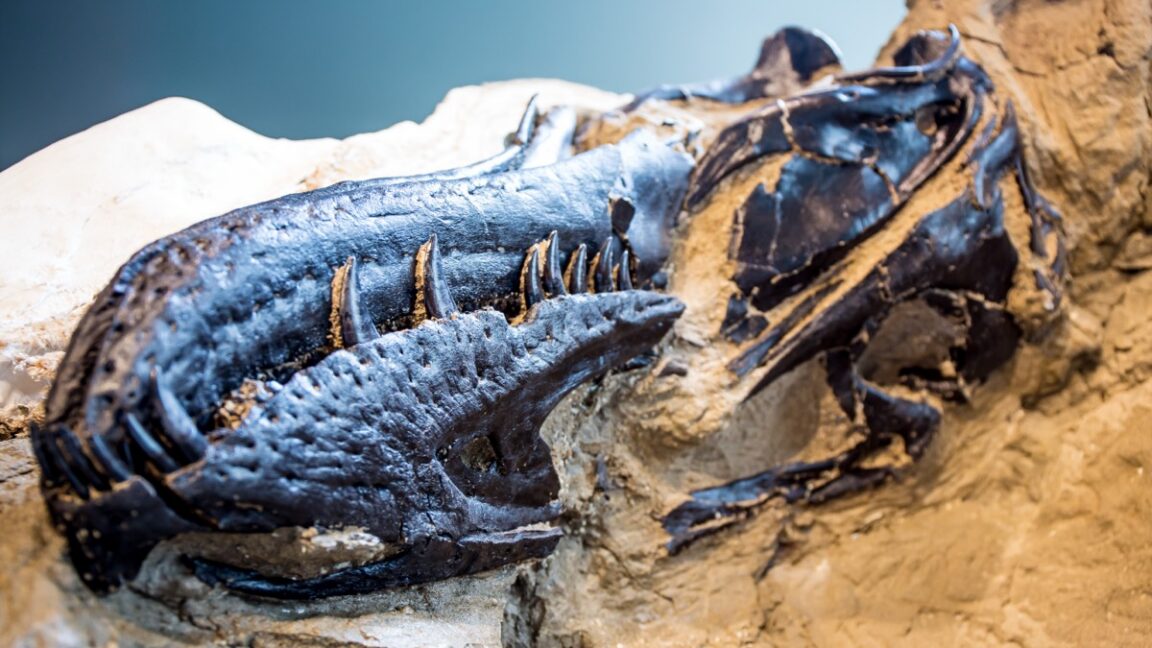
"Part of the problem is that such specimens are incredibly rare and usually consist of fragments. But this latest paper analyzes an exceptionally well-preserved fossil known as the "dueling dinosaurs," the remains of a triceratops beside a tyrannosaur. It wasn't available for paleontological research until now due to various legal issues, but the North Carolina Museum of Natural Sciences acquired it in 2020."
"In addition to conducting a growth-ring analysis, the researchers looked at spinal fusions and developmental anatomy. They also studied over 200 other tyrannosaur fossils for comparative analysis and re-examined a second nearly complete fossil, dubbed "Jane," which was previously believed to be that of a juvenile T. rex. Per the authors, the "dueling dinosaurs" specimen was nearly mature at around 20 years old. It had much larger forelimbs than a T. rex, a possible vestigial third finger, fewer vertebrae in the tail, and more teeth in the skull, as well as distinct skull nerve patterns revealed via CT scanning."
""The situation is complex, hence why the debate has raged for decades," Zanno told Ars. "The specimens that were studied in [the 2020] paper were still immature when they died, fitting the hypothesis that Nanotyrannus was a juvenile T. rex. And one represents a different species than the historical Nanotyrannus lancensis, which we name in this new paper. Thus, not only did one of those specimens represent an actively growing individual, we can now also say it isn't the same species as Nanotyrannus lancensis.""
An exceptionally well-preserved specimen called the "dueling dinosaurs," a triceratops beside a tyrannosaur, became available after acquisition by the North Carolina Museum of Natural Sciences in 2020. Analyses included growth-ring counts, spinal fusion assessment, developmental anatomy, CT scanning, and comparison with over 200 tyrannosaur specimens plus re-examination of a near-complete specimen dubbed "Jane." The dueling dinosaurs specimen was nearly mature at about 20 years. It exhibited larger forelimbs than T. rex, a possible vestigial third finger, fewer tail vertebrae, more teeth, and distinct skull nerve patterns. "Jane" was identified as a Nanotyrannus and named N. lethaeus, distinct from N. lancensis. Some paleontologists described the findings as a decisive blow to the juvenile T. rex interpretation.
Read at Ars Technica
Unable to calculate read time
Collection
[
|
...
]